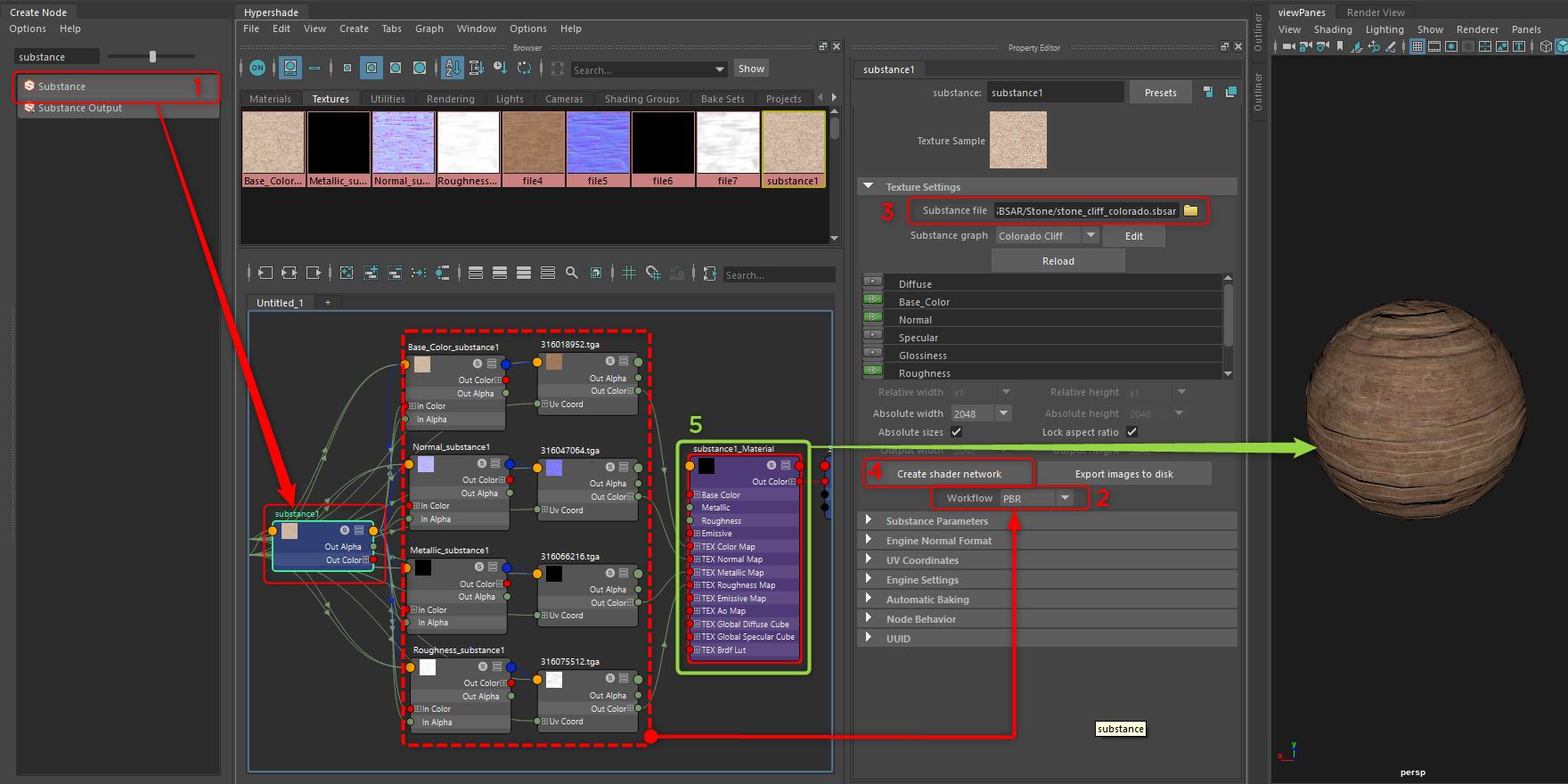

However you would have to use really high sample settings to avoid grain. Other renderers more or less easily achieve hard caustics with the photon mapping technique. One possible workaround to render caustics would be to light the scene with light-emitting geometry where you set the values for emission really high (20-100) and play with the size of the emitter. By default only the direct and indirect diffuse rays are seen by GI rays. On the other hand, «hard» caustics emanating from spatially-small but bright direct light sources, for example caustics from a spotlight through a glass of cognac, are currently not possible. The caustics switches in the standard shader mean that you can tell the diffuse GI rays to «see» the mirror reflection, glossy reflection and refraction from the shader of the surfaces that are hit by them. Given that Arnold uses uni-directional path tracing, «soft» caustics originating at glossy surfaces are perfectly possible, as well as caustics coming from big sources of indirect light. Use a ray_switch shader in the the objects, with an appropiately modified shader in the «glossy» slot - for example, a shader returning black, or perhaps a shader with a bigger specular_roughness value.This can be done by disabling the glossy flag in the object’s visibility parameters Make the objects with the sharp glossy surfaces invisible to glossy rays.This noise is very difficult to remove by just increasing the number of samples in the renderer.

This is especially noticeable in recursive glossy reflections involving both diffuse and sharp glossy surfaces.

Fireflies, why do they appear and how can they be avoided?Ĭertain scenes/configurations suffer from a form of sampling noise commonly referred to as «spike noise», or «fireflies»: isolated, super bright pixels that jump around from frame to frame in an animation. Direct specular are reflections coming from regular light sources (spot/point/area/distant lights), and indirect specular are reflections coming from another object or an environment map. You also have separate controls to adjust the intensity of the direct and indirect specular reflections. In the limit, a value of 0 will give you perfectly sharp mirror reflection.

The lower the value the sharper the reflection. The «Roughness» parameter will control how blurry your reflections are. In the specular section, increase the «Scale» parameter. General Arnold rendering issues: How can I do glossy reflections using the Arnold «Standard» shader?


 0 kommentar(er)
0 kommentar(er)
